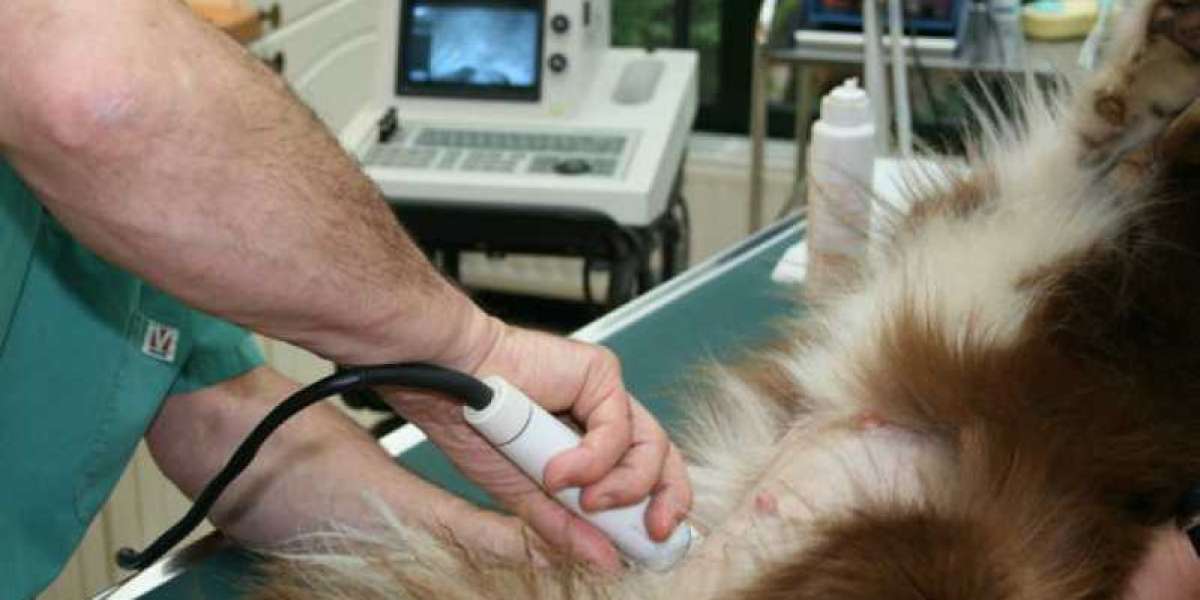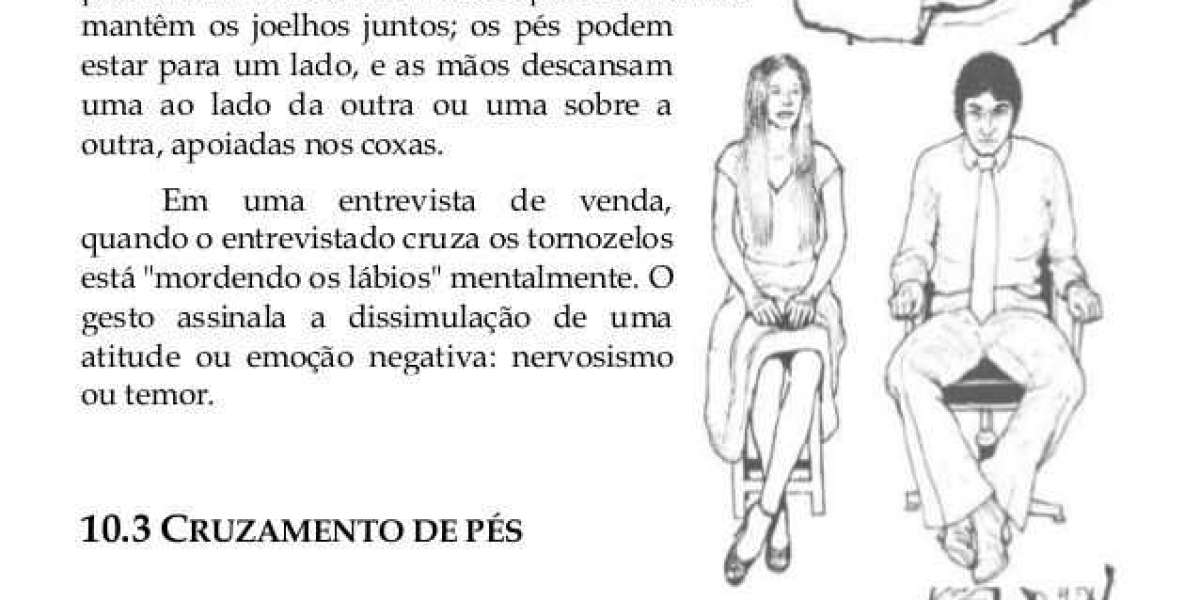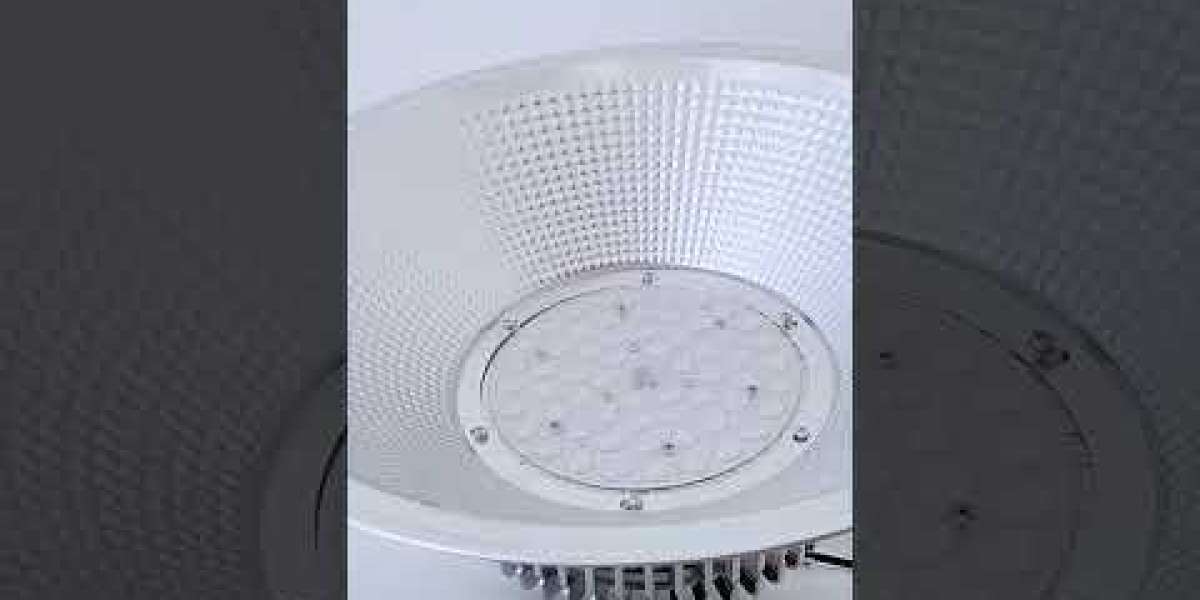Most micro organism are carried on airborne particles or fomites, so surgical facilities must be maintained and operated in a way that ensures cleanliness and minimizes unnecessary site visitors (AORN 2006; Bartley 1993).
Thyroid hormone (T3, levothyroxine) is administered to suppress TSH and subsequent T4 manufacturing. Baseline serum TT3 and TT4 are measured and then the cat is given 25 µg liothyronine three times a day for 2 days. A final dose is given the morning of the check and TT4 and TT3 are measured 2 to 4 hours after the last dose. Normal cats should have a decreased TT4 but due to the autonomous perform of the thyroid gland, TT4 in hyperthyroid cats decreases little if at all. Serum TT3 is measured to evaluate profitable administration of T3 and may increase. It is not just hypothyroidism and hyperthyroidism that can affect your canine or cat’s thyroid hormone levels.
Diagnostic approach: putting it all together
We mustn't forget, however, that a traditional TSH concentration doesn't rule out hypothyroidism since 1 every 3 or four hypothyroid dogs will stay with TSH focus throughout the reference range. Hematological tests in this study were carried out using the ADVIA 2120 (Siemens Medical Solutions). Considerable variation amongst different analyzers has been reported for multiple hematological parameters, including RDW. In a latest human study, RDW values various between totally different hematology analyzers with bias all the time exceeding the desirable quality specs (e.g., ± 1.7%) (39). This limits the comparability of this parameter among studies and hinders the use of equivalent reference ranges and decisional thresholds throughout completely different scientific investigations.
Tanto para el estado terminal de la insuficiencia hepática (cirrosis) para manejar una insuficiencia hepática aguda, va a ser la dieta una terapia de soporte primordial y una sección fundamental del régimen, y no debemos olvidarla. La medicación pretende frenar esta degeneración progresiva, aunque la enfermedad puede evolucionar hacia la cirrosis, trastorno en el que el tejido hepático se daña de forma irreversible. Este estado de afección del hígado se procurará solucionar (llegados a este punto hay pronóstico guardado) a través de la dieta, pilar primordial en esta y otras afecciones hepáticas. En la práctica veterinaria es frecuente encontrarse con pacientes con enfermedad hepatobiliar.
Only three.2% (9/284) of canines with adverse TgAA standing at the preliminary examination (201 canines euthyroidism, sixty nine canine nonthyroidal sickness, 14 canine unclassified) developed hypothyroidism later on.
It is likely considered one of the most important instruments a veterinarian can use to diagnose urinary tract issues. These embody urine specific gravity, which is a sign of how concentrated the urine sample is; color; turbidity or cloudiness of the urine; and pH (how acidic or laboratórios Veterinarios alkaline the urine pattern is). Urinalysis also exams for the presence of sure chemicals or substances in the urine, similar to sugar, ketones (a byproduct of the body’s processing of fat), bilirubin (a pigment produced when the liver processes waste), blood, and protein. The urine sediment is also examined beneath a microscope to look for things such as red blood cells, white blood cells, different cells, bacteria, crystals, and renal casts (tube-shaped particles that come from the kidney). Urinalysis is finest performed on recent urine samples because delays could cause inaccurate results. If you collect a urine sample from your canine, keep the sample refrigerated and let your veterinarian know what time it was collected.
Measurement of glomerular filtration rate
Several renal biomarkers of curiosity in veterinary analysis show promise as potential future clinically applicable instruments for identifying and monitoring kidney injury and illness (FIGURE 1). Several markers on the horizon of veterinary research have proven to be particular indicators of glomerular harm, including immunoglobulins (A, G, and M), C-reactive protein, thromboxane B2, and transferrin. Similarly, quite a few markers of tubular harm are being explored, including RBP (retinol-binding protein), cystatins B and C, THP (Tamm-Horsfall protein), NAG (N-acetyl-β-D-glycosaminidase), KIM-1 (kidney harm molecule 1), clusterin, and F2-isoprostanes. In addition, a couple of markers for renal parenchymal fibrosis (TGF-β1 [transforming development issue β1] and PIIINP [procollagen III aminoterminal peptide]) and for altered renal metabolism (FGF-23 [fibroblast development factor 23]) have been identified. Measurement of these biomarkers may turn out to be more extensively available for in-clinic diagnosis and localization of early renal injury.
Urinary Insulin-like Growth Factor–Binding Protein 7 and Tissue Inhibitor of Metalloproteinases–2
Dr. Bruyette asks, "Because of all the problems with measuring TT4 and since we know that fT4 is actually the lively hormone, why don't we simply measure the free T4 and never worry in regards to the complete T4?







